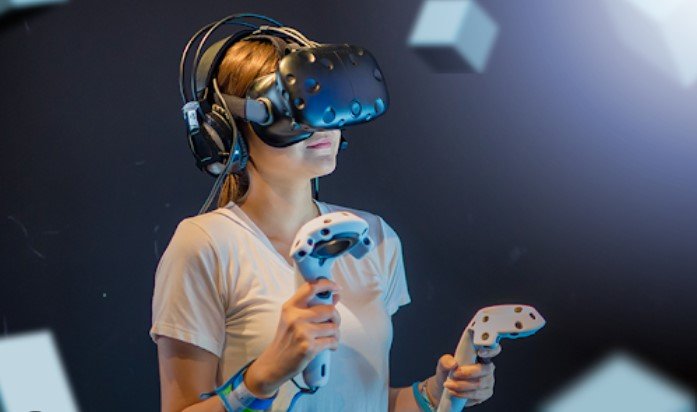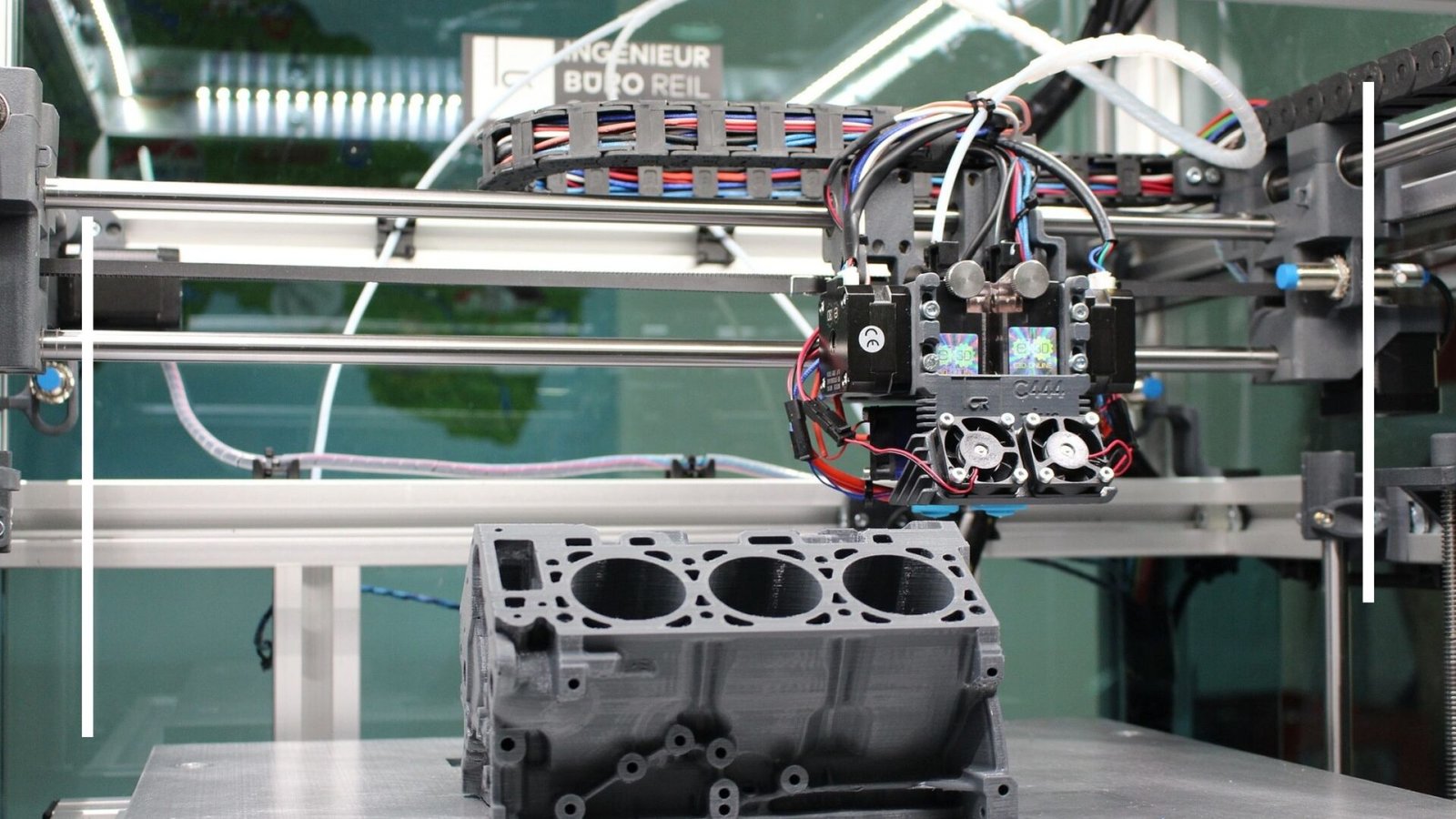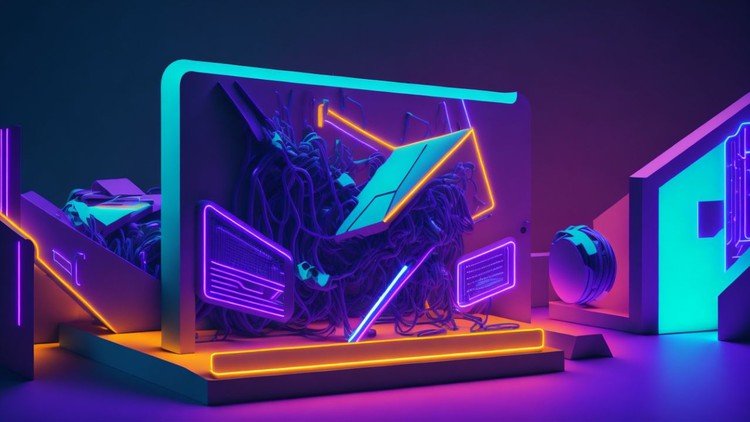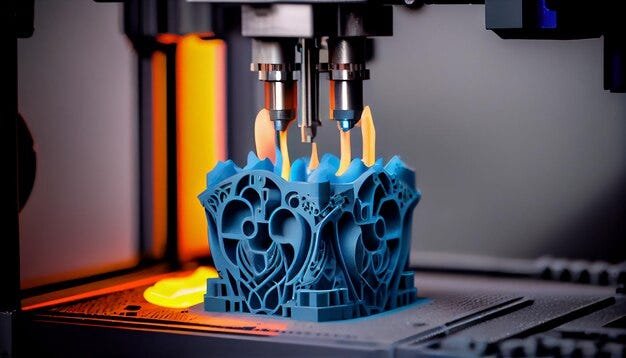3D technology plays a pivotal role in the development and advancement of virtual reality (VR). VR immerses users in computer-generated environments, and 3D technology enhances this experience by creating lifelike and interactive digital worlds. Through 3D modeling, rendering, and simulation, VR systems can provide users with a sense of presence and immersion that traditional 2D systems cannot achieve. In this post, we will explore how 3D technology is shaping the future of virtual reality and its impact on various industries.
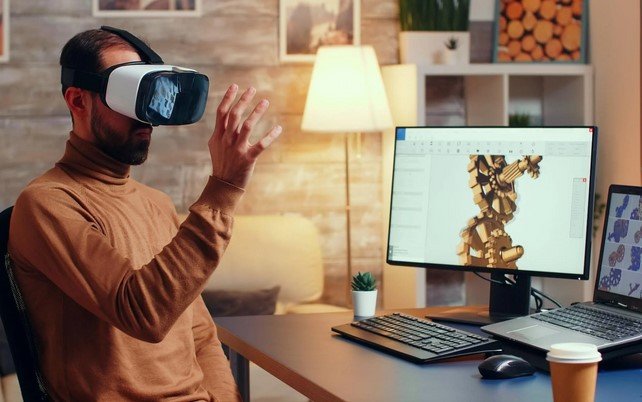
Integrating Tech Innovation with Digital Entertainment
As Geometric Informatics explores cutting-edge solutions in data and design, the digital world continues to evolve across industries. Engaging platforms like online roulette real money highlight how interactive technologies are reshaping entertainment experiences.
1. Creating Realistic Virtual Environments
The core function of VR is to simulate real-world environments. 3D technology enables the creation of these realistic virtual spaces. By using 3D modeling and rendering, developers can design virtual worlds that closely mimic physical reality, from the smallest details to the overall layout. This gives users a more authentic and engaging experience.
With 3D technology, VR can replicate everything from architectural spaces to natural landscapes. It helps in recreating textures, lighting, and environmental interactions in ways that feel true to life. The greater the realism, the more immersive the experience, making 3D technology an essential element of any successful virtual reality system.
2. Enhancing Interactivity in Virtual Worlds
3D technology enhances interactivity within virtual reality by allowing users to interact with the environment. 3D objects in VR can be manipulated, moved, or altered based on the user’s actions. This interactivity is what makes VR experiences more engaging, as users are not just passive observers but active participants in the virtual world.
Through 3D modeling, developers create objects that respond to the user’s input, whether it’s through hand movements, controllers, or other motion tracking devices. This interactive capability is vital in many applications of VR, such as gaming, education, and simulations, where user engagement is key to the experience.
3. Improving Training and Simulation
One of the most impactful uses of 3D technology in VR is in training and simulation. Industries like healthcare, aviation, and military use VR to simulate real-world scenarios for training purposes. With 3D technology, these virtual environments can closely replicate the conditions that trainees would face in real life, offering a safe and cost-effective way to practice and learn.
For instance, medical professionals can practice complex surgeries using 3D models of human anatomy in a VR environment, while pilots can train for emergency situations using realistic flight simulations. The ability to experience hands-on training in a virtual space greatly enhances learning outcomes and reduces the risk of real-world errors.
4. Enhancing Gaming and Entertainment
The gaming and entertainment industries have embraced VR, and 3D technology is at the heart of these experiences. Games and films in virtual reality benefit from 3D technology, providing users with more immersive and visually stunning experiences. Players can explore rich, detailed virtual worlds, interact with characters, and experience stories in a completely new way.
Through 3D modeling and rendering, game developers create environments that feel realistic, dynamic, and full of life. Whether it’s a fantasy world, a futuristic city, or an ancient landscape, 3D technology allows for endless possibilities in virtual reality entertainment. This level of detail and immersion draws users into the experience, making it more engaging and memorable.
5. Advancing Virtual Reality in Various Industries
3D technology is advancing VR’s role across several industries. In real estate, VR allows potential buyers to tour properties remotely, exploring homes and buildings in immersive 3D detail. In architecture, VR helps visualize projects before construction begins, providing a clearer sense of space and design.
Additionally, 3D technology in VR is transforming education, offering virtual classrooms and hands-on learning experiences. From historical reconstructions to interactive lessons, VR allows students to explore subjects in depth. Industries such as tourism, retail, and even social networking are also incorporating VR to create innovative and engaging experiences.
Geometric Informatics and Online Entertainment
Geometricinformatics.com specializes in geographic information systems and related technologies. For those seeking alternative online experiences, explore more at www.wolfwinner.fun. Discover a new world of online fun.
Conclusion
3D technology is the backbone of virtual reality, enabling the creation of realistic, interactive, and immersive experiences. Whether it’s in gaming, training, or professional industries, 3D technology enhances the quality and impact of virtual reality applications. As technology continues to evolve, the integration of 3D models, environments, and interactions in VR will only become more sophisticated. The future of VR looks promising, with 3D technology playing a key role in shaping the virtual world.

